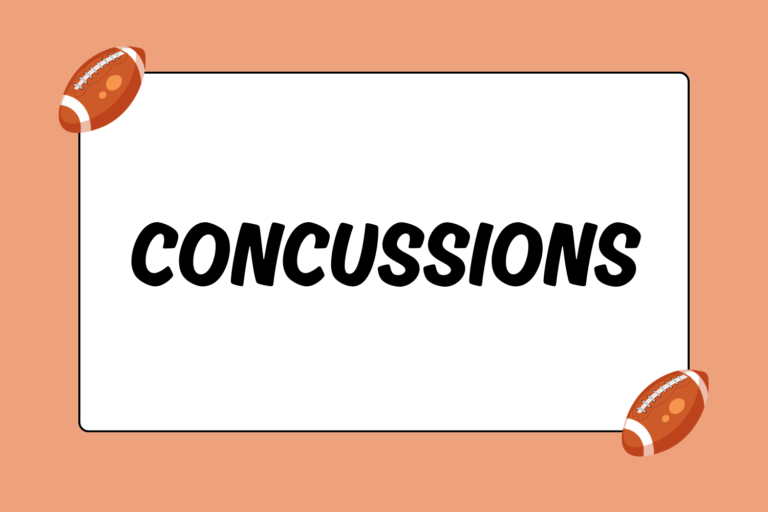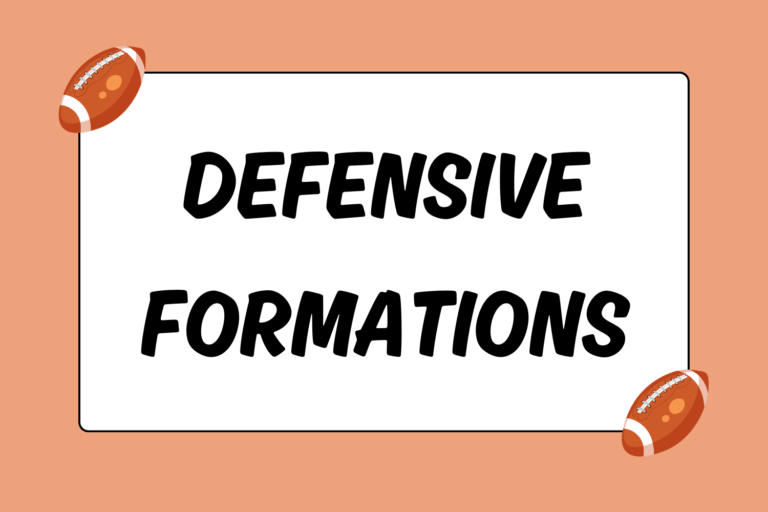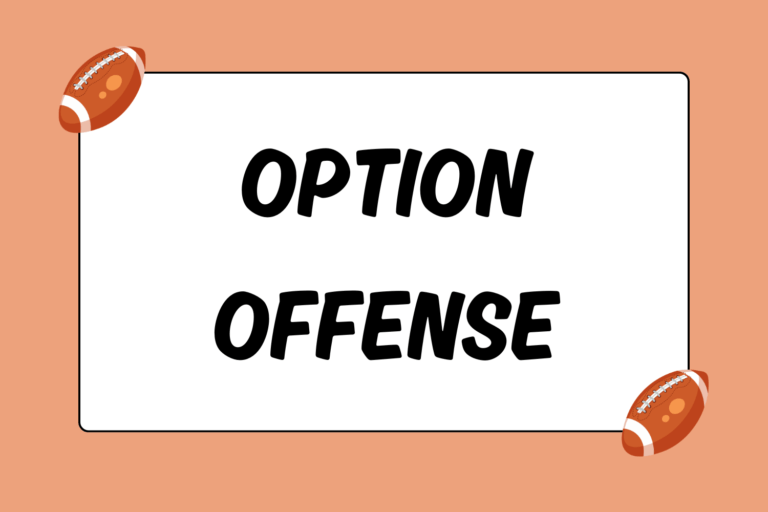A lot of action takes place during the course of a single football play. Some plays feature more moving parts than others, but one thing remains the same on every play: The action starts at the line of scrimmage (LOS). The linemen dictate the outcome of the play, even on punts, field goals, or plays where the quarterback (QB) is in a shotgun position. This guide dives into the action, and explains two of the most important aspects in building a play: Gaps and holes.
Same Spaces, Different Names
Because the LOS is so important, one of the first steps in designing a play is to figure out the assignments of the linemen.
- On run plays, linemen need to understand where the play is going and what players (or zones) they’re blocking. They’re concerned with the hole that is the focus of the play.
- Defensive linemen need to know the spot at which they’re going to attack the offense. Each player attempts to get through a gap, and disrupt the play as quickly as possible.
Even though linemen on both sides of the ball are primarily concerned with the exact same spots (holes and gaps), their respective responsibilities are different. Here are some of the more common ways that both holes and gaps are strategically represented when a play is drawn up:
Offense Uses Holes
Most offenses use a numerical system when referring to the spaces between O-linemen. Though it’s not the only system used, the diagram to the left represents the most common way to identify the holes between the O-linemen. Here are the most important characteristics of this system:
- Starting at the center, each hole to the right is called by an odd number.
- Likewise, each hole to the left is represented by even numbers.
- The numbers on both sides increase by two as you progress from one gap to the next.
Notice how there are four holes on the right side of the line, but only three on the left side. That variation is due to the placement of the tight end (TE). If the TE were lined up outside the left tackle, then the hole to his outside shoulder would be the #8 hole, and the #7 hole would disappear. However, in a formation that utilizes two tight ends, both the #7 and #8 holes would be represented.
How the Holes are Used
These holes, or more specifically the numbers that represent each hole, are almost always part of the terminology used for calling plays. However, offenses normally include more than one number when naming their plays. The other numbers can refer to the timing of the snap, the specific player that’s getting the ball, or a particular way of running the ball (dive, counter, etc.).
Using the diagram above, here’s an example of how those numbers are included in the name of a play. Let’s call this play “33 Dive:”
- The first “three” indicated in the play call refers to the player getting the ball. In this case, it’s the fullback.
- The second “three” refers to the hole that the FB will be targeting. Once he gets the handoff, he runs for the space between the right guard and right tackle.
- The term “dive” refers to the particular style in which the FB is supposed to run. For this play, he is to run straight ahead as quickly as possible, rather than curving around and then heading up field.
Like many other play calls, 33 Dive is an example of how the different hole assignments impact the name of the play. Usually, only running plays include the number of a hole, as most passing plays don’t require the offense to pay attention to a particular spot along the LOS.
Defenses Uses Gaps
In much the same way that offenses assign numbers to the “holes” between O-linemen, defenses use numbers to refer to certain “gaps.” Unlike the alternating/increasing numerical systems used by most offenses to represent holes, the letters used to represent gaps are the same on both sides of the line. The gaps between the center and either guard is called the “A gap,” the gaps between the guards and tackles are called the “B gap,” and outside of both tackles is the “C gap.”
The diagram to the left illustrates the different gap assignments.
Another difference between the holes and gaps systems has to do with the unchanging nature of the gap assignments. Some offensive holes come and go depending on which players are involved (like the TE). Gaps, on the other hand, are there regardless of which offensive players are on the line.
How the Gaps are Used
The gaps represent different points of attack for the defense. Depending on the personnel and formation, certain defensive players are assigned to attack a particular gap. The D-linemen will almost always be assigned a gap to attack, while the linebackers and defensive backs will sometimes blitz through a particular gap. However, most defenses go beyond simply assigning players a particular gap. Some of the extra elements that are included in a defensive player’s gap assignment include a specific O-lineman to line up against, as well as how they line up on that player.
It All Starts Up Front
It’s absolutely crucial that players on both sides of the LOS understand their responsibilities. Blocking for the wrong hole on offense will likely result in an easy defensive stop. Attacking the wrong gap makes it easier for the offense to out-maneuver the defense and burn them downfield. Regardless of what they’re called, the small spaces between the O-linemen normally have the biggest impact on the game.





